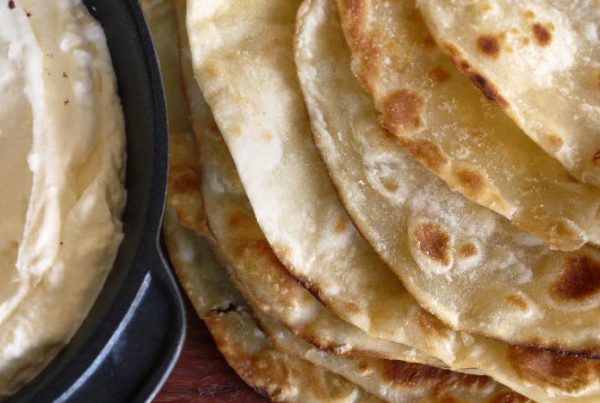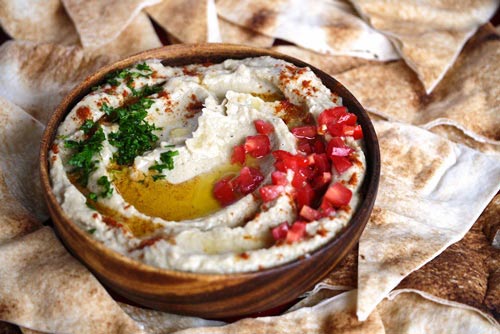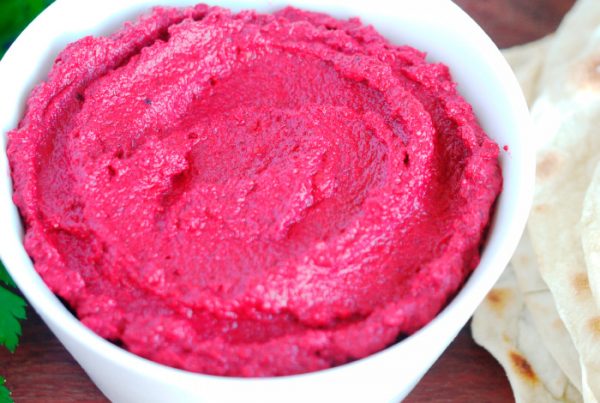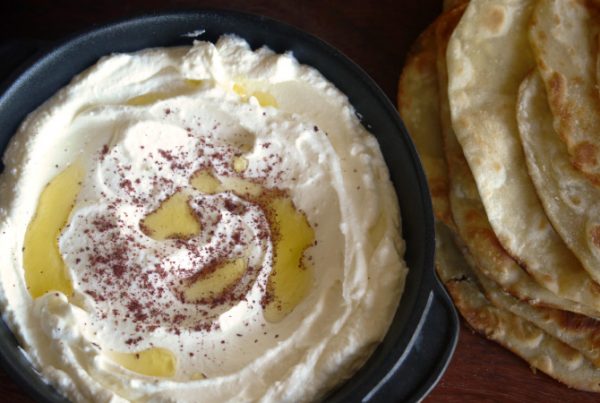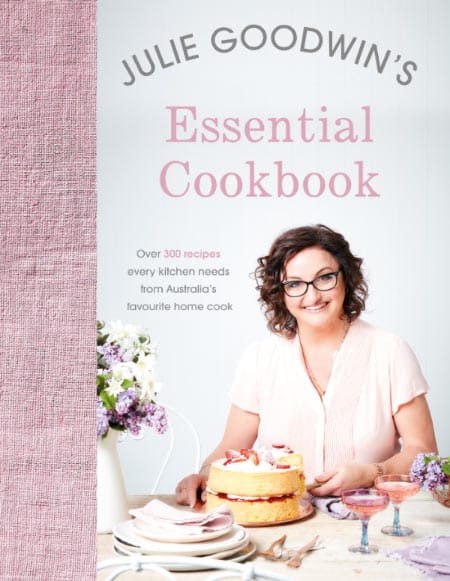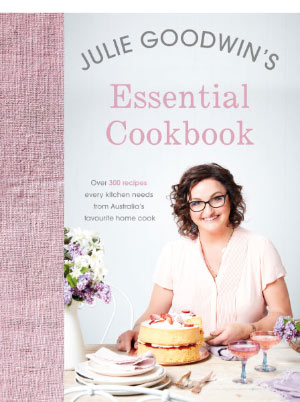
Makes 8 large pieces
Prep time | 15 minutes + 30 minutes resting
Cooking time | 1-2 minutes per piece
This bread is soft and pliable, perfect for wraps, but with a lovely crispy edge. I love it with • labne and a squeeze of lemon juice, or as a breakfast wrap with baby spinach, scrambled eggs and parmesan.
The dough can be made and rolled into balls, then stored in Glad wrap and cooked as required. Being winter I found the dough lasted 2 days at room temperature. To be honest it may last longer (and even longer in the fridge) but after 2 days I had cooked and eaten it all.
Ingredients
• 4 cups flour
• 1 teaspoon salt
• 100g butter
• 375ml milk
• ¼ cup olive oil
Method
1. Combine the flour and salt in a bowl. Heat the butter and milk in a jug until the butter is just melted. Make a well in the centre of the flour and pour the milk and butter in, gradually bringing the flour in from the sides. When the flour is all incorporated, you should have a soft dough. Knead the dough for at least 5 minutes on a floured surface, until is stretchy. If the dough is too sticky, add a little more flour. This process can also be done in the bowl of an electric mixer or food processor using the dough hook.
2. Wrap the dough in Glad wrap and allow to rest at room temperature for half an hour or so. Divide the dough into 8 pieces (or more, if you want smaller flatbreads) and roll out on a floured surface as thinly as you can. I am never able to achieve perfect circles so I have decided that I like irregularly shaped flatbread better. (Rustic!)
3. Heat a generous splash of olive oil in a frypan over medium high heat. When the oil is hot, place one piece of flatbread in the base. It will immediately start to bubble up. When the edges are starting to look golden and the bread is becoming less floury looking around the edges (about 40 second to 1 minute), flip the bread carefully with a spatula.
4. Cook for a further 40 seconds to a minute and remove to a piece of paper towel. Once cooked it can be stored in Glad wrap for a day or so but it’s really better cooked and eaten fresh.
Pictured above with Labne – click here for recipe
More Recipes
